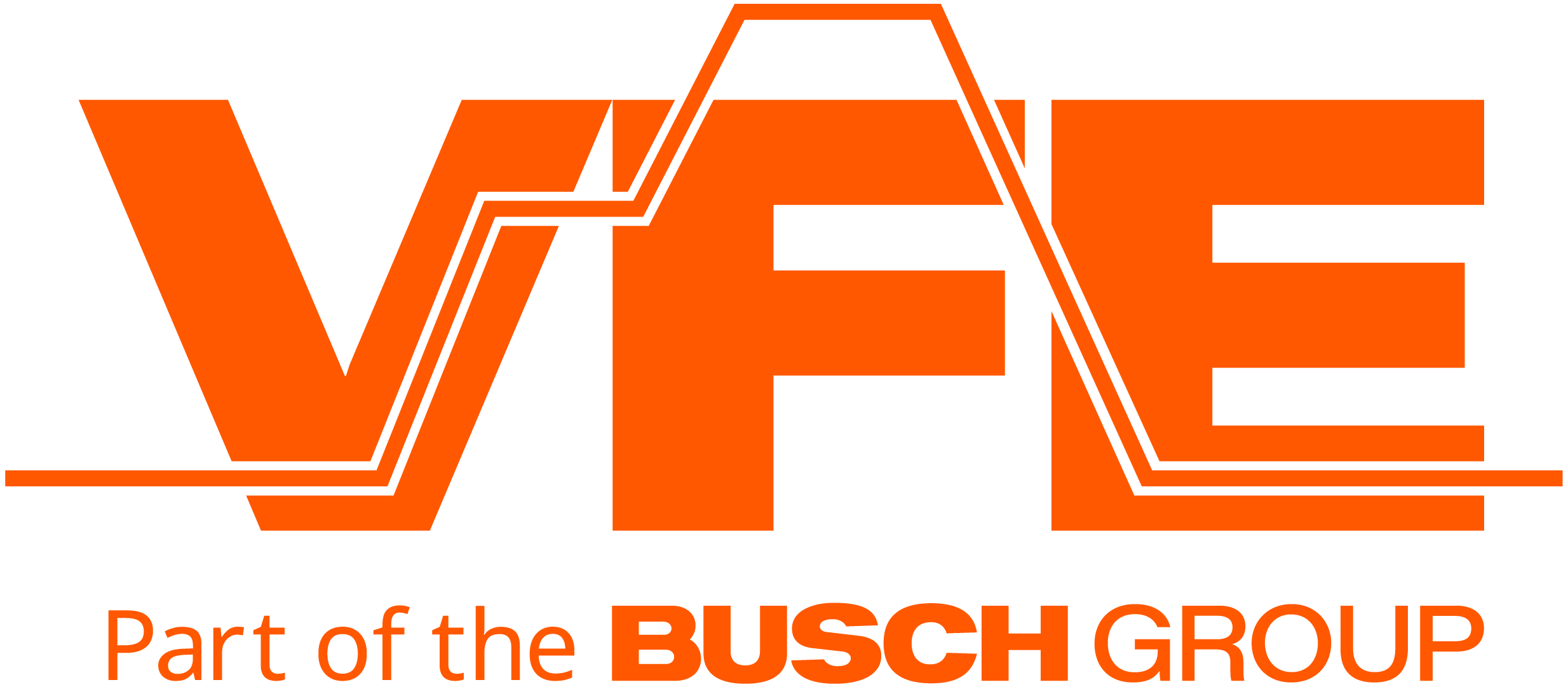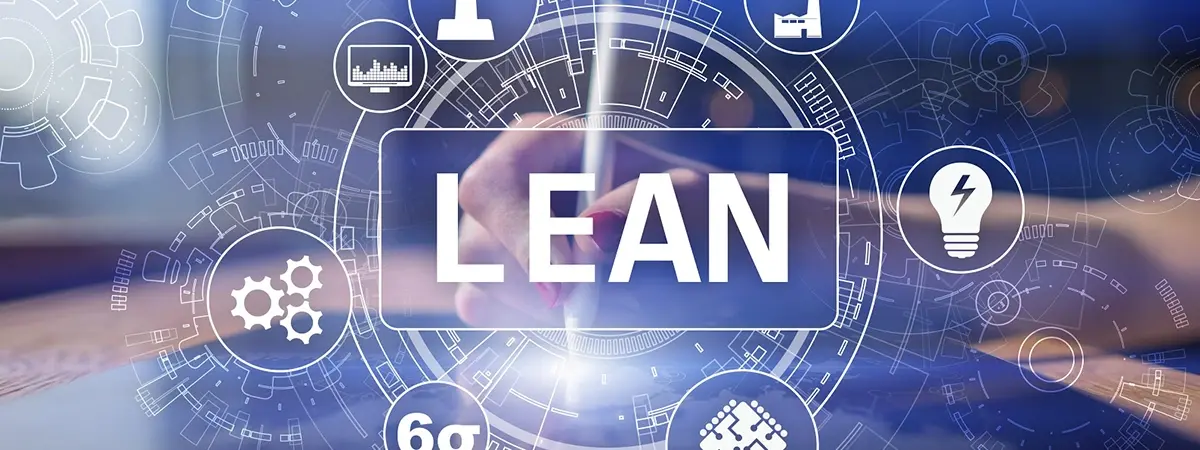VFE Contact
How to maximise the efficiency of your heat treatment process
How to maximise the efficiency of your heat treatment process
Ian Jenner
|
04.11.2020
|
8 min
Efficiency is the wheel on which production turns. Across sectors, understanding how to maximise it is key to driving up the value of your output and minimising production costs.
Fortunately, there are numerous touchpoints throughout the heat treatment process where efficiency can be optimised. Site managers charged with hitting production targets should review their operations to discover where efficiencies can be achieved and production positively impacted.
Not only will the value of the output increase, but managers capable of achieving this will be able to evidence the meeting or exceeding of personal KPIs around production performance.
Read on to discover how you can maximise the efficiency of your heat treatment process.
Carry out calibration on your vacuum furnaces
Over time, calibration can become a compliance exercise. But while calibration and compliance are happy bedfellows, the results yielded by calibration can highlight immediate opportunities for equipment and process improvements.
Shorter processing times, improved equipment reliability and greater machine utilisation are three benefits delivered through our
Calibration Services, each capable of driving up the efficiency of your heat treatment operations by speeding up processes and reducing downtime.
Streamline staffing overheads
One of the main inefficiencies associated with heat treatment processes is performance monitoring. Typically, this requires operators to constantly monitor operations from a physical location, such as a control centre. While they are bound to this location, the operators are limited in terms of what other duties they could be performing.
The introduction of remote monitoring capabilities solves this inefficiency overnight. Capable of monitoring operations from a smartphone or other handheld device, operators are free to move around the site — or even go off-site — in the service of other core responsibilities, without ever losing sight of the production line’s performance. If an emergency occurs, the VFE Remote Monitoring System will notify them immediately via their device. Operators can even choose the ability to pause production remotely, minimising losses that would otherwise be incurred as a result of faulty or non-compliant products.
As well as improving staff utilisation, remote monitoring capabilities also mean sites can run on smaller teams. Operators can be up-skilled or moved to different business areas, leading to an overall reduction in staff numbers and lower staff overheads.
Find out about our Remote Monitoring System and Management and Control Systems (
AMCS /
FMCS).
Reduce energy wastage
Energy consumption is often one of the first areas manufacturers turn to when looking to improve efficiencies.
In addition to a host of regulatory and reputation benefits, even small improvements in energy efficiency can compound across a site — or multiple sites — to deliver significant savings in production costs alongside greater ROI.
For its Energy-Saving System’s electrical-power saving features, VFE has customer feedback of a £15k saving per year, per vacuum furnace.
Ian Jenner, Director of Control Systems, VFE
The VFE Energy-Saving System functions by automating an industrial vacuum furnace or autoclave’s complex shutdown and start-up sequence. As a result, machines no longer need to be left running, extending the machines’ lives and reducing energy consumption accordingly.
To find out more about reducing energy costs, staying compliant, and running a greener, more sustainable operation, discover our
Energy Saving Audits.
Upgrade your welding technology
The electron-beam welding process offers a range of performance benefits over traditional laser or arc welding. For one, the minimal heat input, coupled with low distortion, enables finely machined and hardened workpieces to be welded as the last operation. This speeds up the process by making additional steps (such as straightening of warp or grinding) redundant, without impacting the quality of the finished piece.
It can be used on a wide range of typically challenging materials, such as reflective, refractory or heat-vulnerable parts, and can weld dissimilar materials with ease. Incorporating electron-beam welding technology into your production line could transform both the speed at which you weld parts as well as the value of the end piece.
Discover the
11 advantages of the electronbeam welding process Install roman transormers
Improve efficiency and substantially reduce energy, installation, operation and maintenance costs by fitting your machines with RoMan Heating Transformers.
RoMan Heating Transformers are water-cooled. As a result, they are smaller and lighter than air-cooled transformers. Because of this, they can be installed much closer to the heat source, boosting the equipment’s energy-saving properties by helping to reduce electrical losses in the power delivery system.
VFE supplies RoMan Heating Transformers in various voltages, frequencies and sizes to suit each customer’s requirements. The transformers can be integrated with silicon-controlled rectifier (SCR) and insulated-gate bipolar transistor (IGBT) controls and saturable reactors. We welcome the opportunity to discuss your requirements with you to help you find the exact specifications for your machines and operations.
For more information about RoMan Heating Transformers or to speak with us about your requirements, please
get in touch.
Achieve perfect production with VFE
For expert support with maximising the efficiency of your heat treatment equipment or wider manufacturing processes, VFE’s technicians are here to help.
We’re committed to helping our customers achieve perfect production and keep their businesses running. A huge part of that commitment is helping our customers to maximise efficiencies across their heat treatment operations. For an industry propelled by efficiency, there are plenty of ways yet for manufacturers to reduce friction in the production process.
Ian Jenner
Ian joined VFE in 2016 as the Director of Control Systems. Prior to VFE Ian was the managing director at Autoclave & Industrial Controls Ltd, having started there as field service manager for the UK. He has a proven track record of supporting growth through implementation of operational improvement processes.
Ian Jenner
|
04.11.2020
|
8 min

